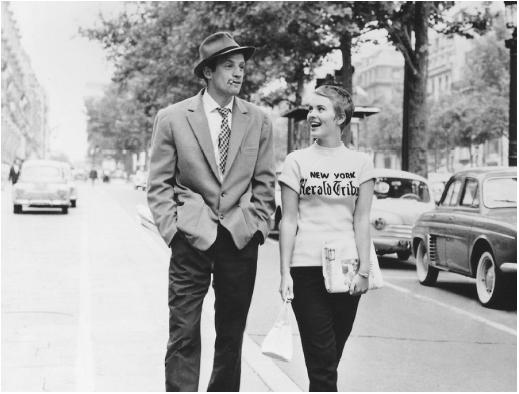Documentation is
key for a smooth running operation, it allows you to understand when and where
you should be at during the project. This blog entry is a practise for the FMP
in the third year, doing this will allow me to see where my documentation is lacking
and therefore can be improved before the real thing.
Project Outline:
This project is
designed to test my technical abilities and design plans. My personal aim is to
improve my skills, plan efficiently and be able to create a scene that is believable
to be in a ps3 game. The objective is to complete the task to a standard that
would be acceptable in a game.
As stated
previously, I will be creating my project for the ps3 platform. As I have a
penchant for the horror theme, I will be dedicating this task to that
particular genre. This will allow me to express my gratitude and fondness of
the genre.
The audience will
be for teenagers around 15+ and will not favour a particular sex. I chose
teenagers, as I am currently in that age range so I will be able to project how
I’d feel about the project as if I hadn’t seen it before, allowing me to change
ideas and plans on how it appeals (or doesn’t) to me. Teenagers are the
targeted audience for most games, which is another reason to base my game on
this audience.
The software and
technology I intend to use are, 3dsmax 2012, photoshop cs5 and udk as these are theoftware I feel most comfortable
using which will allow me to create the project at the best of my ability and
time set. Instead of instigating time to learn new software.
The project will
be based on the idea of a female protagonist fighting an apocalyptic world full
of mutated, dangerous enemies ranging from small creatures to large bosses. The
character arc will be that in order to protect the people she finds along the
way, she has to make difficult choices which define her leadership qualities as
well as overall, making her a better and redefined person from what she used to
be, which was a nobody. She learns to respect the life she has been given.
Technical Specifications:
Lead Character (Protagonist):
- Female, Aged 25, white, English. Strawberry
blonde with blue eyes.
-
3 x (512 x 512) diffuse texture sheets. (6 x ((512 x
512)) normal and speculars)
-
2,500 triangle budget
-
Functionality: Being the protagonist means that the
game will be set around the character arc of this character specifically. This
means that most effort and work will be given to the protagonist. This is so
that the audience will become emotionally involved with her.
Non-playable character:
-
Male, Aged 11, Caucasian, black hair with hazel eyes.
-
3 x (512 x 512) diffuse texture sheets. (6 x ((512 x
512)) normal and speculars)
-
2,000 triangle budget
-
Functionality: The first person the protagonist saves.
Represents her childish needs and the ability to be an authoritive figure to
him.
Vehicle:
-
LandRover, black, 4wd, factory fitted body kit, leather
interior.
-
1 x (1024 x 1024) diffuse. 2 x (512 x 512) diffuse. (6
x ((512 x 512)) normal and speculars)
-
3,000 triangle budget
-
Functionality: Mobility. Represents communism by being
the newest land rover version, stolen from a rich, selfish man.
Enviroment:
-
Hospital waiting room, including stacks of chairs, a
desk and a small childs play/waiting area (Similar to the ENT specialist
waiting room at Leicester general).
-
2 x (1024 x 1024) 1 x (512 x 512) diffuse maps. (6 x
((512 x 512)) specular and normal)
-
8,000 triangle budget
-
Functionality: Hold up area for the survivors to fight
off mutations and gather important medical equipment. Comments on the
reliability of the human race on quickly learning the difference between what
is needed and what is wanted. Also comments again, on communism as they
encounter items which are not useful but are taken anyway.
Props:
Scalpel
-
Surgens scalpel found in the overrun hospital, blooded
but in good use.
-
1 x (512 x 512) diffuse (2 x ((512 x 512)) specular and
normal maps)
-
250 triangle budget
-
Functionality: Weapon, protection.
Bone Saw
-
Surgical bone saw found in operation room, un used.
-
1 x (512 x 512) diffuse (2 x ((512 x 512)) specular and
normal maps)
-
250 triangle budget
-
Functionality: Weapon, protection.
Desk
-
Circular desk and reception area, with two chairs and a
computer monitor and processor.
-
2 x (512 x 512) diffuse (4 x ((256x256 specular and
normal maps)
-
1,000 triangle budget
-
Functionality: Hiding area
Childs area
-
Small childs table and 3 plastic chairs, small amount
of childs plastic toys scattered on the floor.
-
3 x (512 x 512) diffuse (6 x ((256x256 specular and
normal maps)
-
1,000 triangle budget.
-
Functionality: Another hiding area, comments on
childish behaviour and oppressive psychological aspects hidden within the
protagonists childhood.
 I know I'm not going to sleep tonight! Oh silent hill, you do know how to please the audience!
I know I'm not going to sleep tonight! Oh silent hill, you do know how to please the audience!


